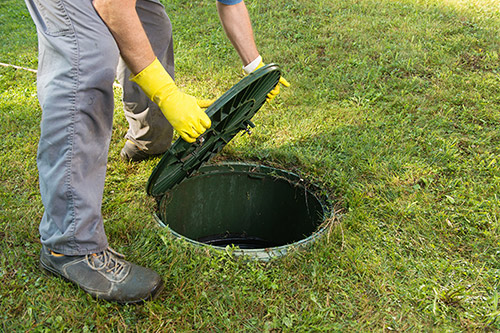
Where should septic tanks be placed?
Your local health department may have septic tank placement requirements and a minimum setback distance from your foundation. Typically, it should be located on level ground so solids can settle in the tank. The location of the plumbing outlet usually dictates where the tank is located and depth of the tank to account for adequate slope on the inlet pipe. Septic tanks should be placed away from areas subject to flooding and surface water ponding. The tank should be properly vented. Avoid steep slopes and areas of dense tree roots or other obstructions. Also, place the septic tank where it is accessible for future inspections and pump outs.
How close can a septic tank be to a property line?
Isolation distances from septic tanks to property lines are typically part of local or state permitting regulations. Contact your local permitting authority (i.e., local health or environmental department) for specific requirements in your area. Your local zoning regulations may also include setbacks to various features like buildings and property lines.
How do I get a permit for the repair, new construction, or replacement of a septic system?
A septic system permit is issued by your local permitting authority (i.e., local health or environmental department). You can apply for the permit yourself, or the contractor hired to build the system can obtain it on your behalf. Check with your local municipality in the event they also require additional permits to install your system.
For more information, contact Morse Engineering and Construction.
EPA.gov
